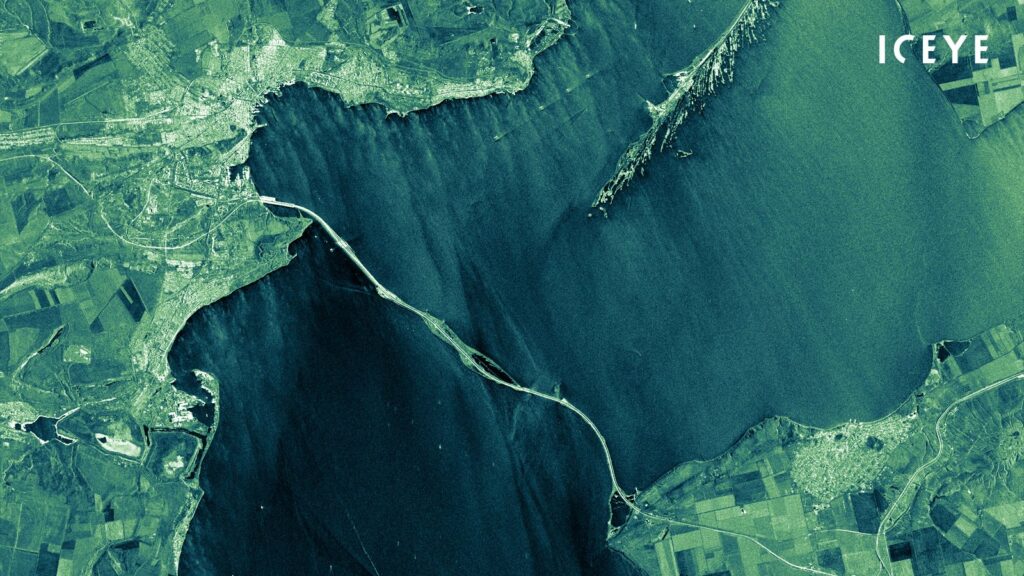The United States of America is a recognized leader in peaceful and free space exploration. So it is not surprising that many countries are building their space strategy based on partnerships with the Americans. Some allies are almost entirely dependent on NASA. Others are actually completely independent not only in technical developments, but also in the policy of their use.
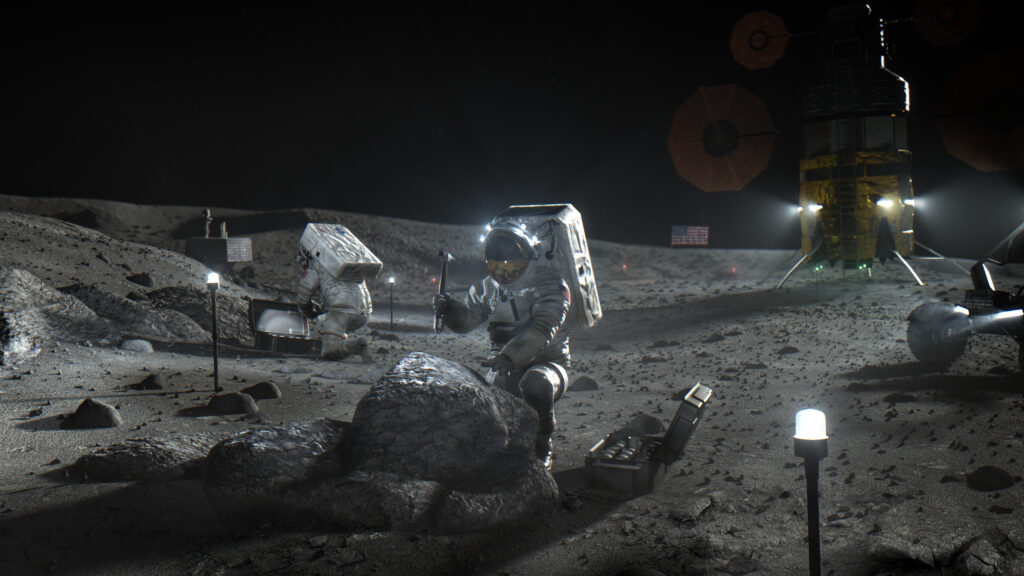
NASA’s closest allies
The extensive US space industry does not end at the borders of the country. Its de facto extensions are civilian and military agencies of the United States’ closest allies. At the same time, these two branches of cooperation should be highlighted separately.
The US Space Force’s international relations have long been very private and highly restricted. However, in recent years, they have directed a significant part of their efforts to the creation of their own military space structures in Mexico, Canada, Australia and New Zealand.
This activity especially intensified after Russia’s test of space weapons in November 2021 and the invasion of its armed forces into Ukraine. The latter was accompanied by numerous attempts to interfere with the operation of electronic satellite systems.
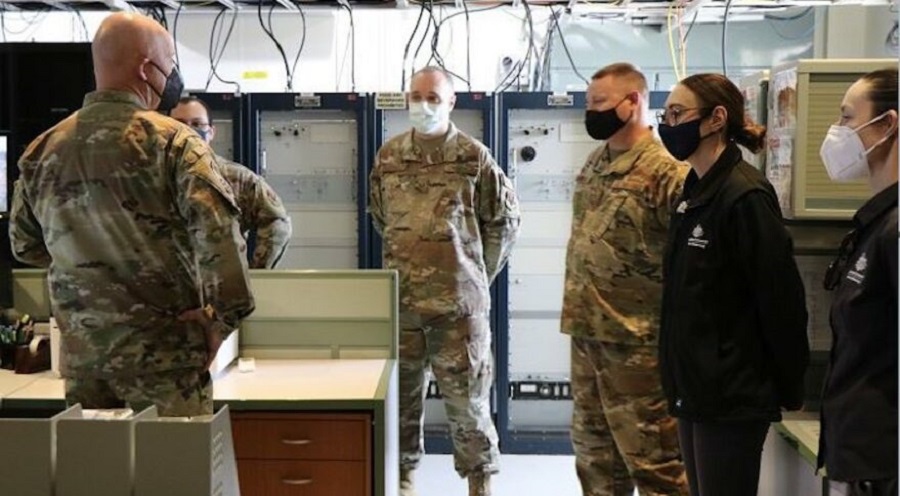
It seems that the US military is trying to make its satellite systems as flexible and resilient as possible. They are planning to launch a large number of satellites in orbit in cooperation with private companies. As for the tasks of managing the orbital grouping and working with the data obtained, they want to delegate them to the allies.
NASA also has numerous civilian programs of cooperation with foreign partners. Thanks to them, the already mentioned closest allies were able to launch their satellites several decades ago. And some countries even have their own astronauts, despite the fact that they do not have anything like a spaceport.
Canadian Space Agency
Canada is particularly significant here. Its national space agency, CSA, was founded only in 1989, although the country launched its first satellite in 1962. And now the country has its own RADARSAT Earth observation satellite group.
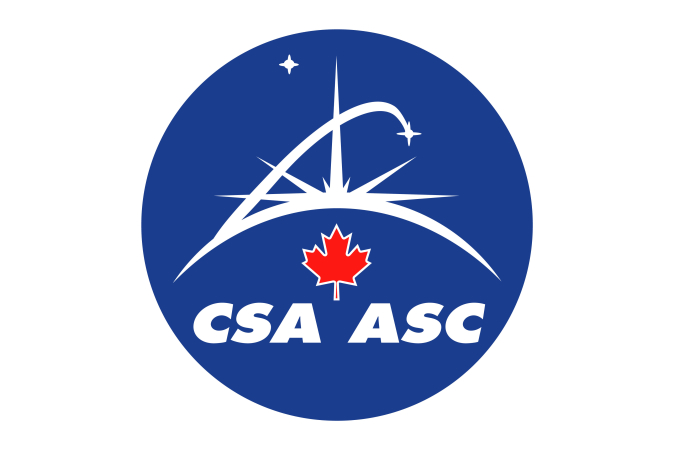
Due to close international cooperation, as many as 18 representatives of this country managed to visit space in the last four decades. And even here we can see how vague all alliances in space are — after all, 4 Canadian astronauts did not fly on shuttles, but on Russian Soyuz.
However, targeted cooperation with individual countries has not been NASA’s top priority in the international arena for some time. Right now, their primary engagement is the Artemis project, aimed to return humans to the Moon. Accordingly, the agency is trying to interact with other states within the framework of the international component of this program, known as the Artemis Accords.
In fact, this is the largest space alliance in history, which now is embracing 21 states, including Ukraine. The purpose of these agreements is to coordinate the efforts of various countries for the peaceful development of our natural satellite. However, beyond the general provisions of these agreements, NASA implements specific projects with each country separately.
JAXA — US allies in the Pacific region
Among all close space allies of the USA, Japan deserves special attention. During the Cold War, this country relied on American support in international politics. Traces of this dependence can still be found in the Japanese space program.
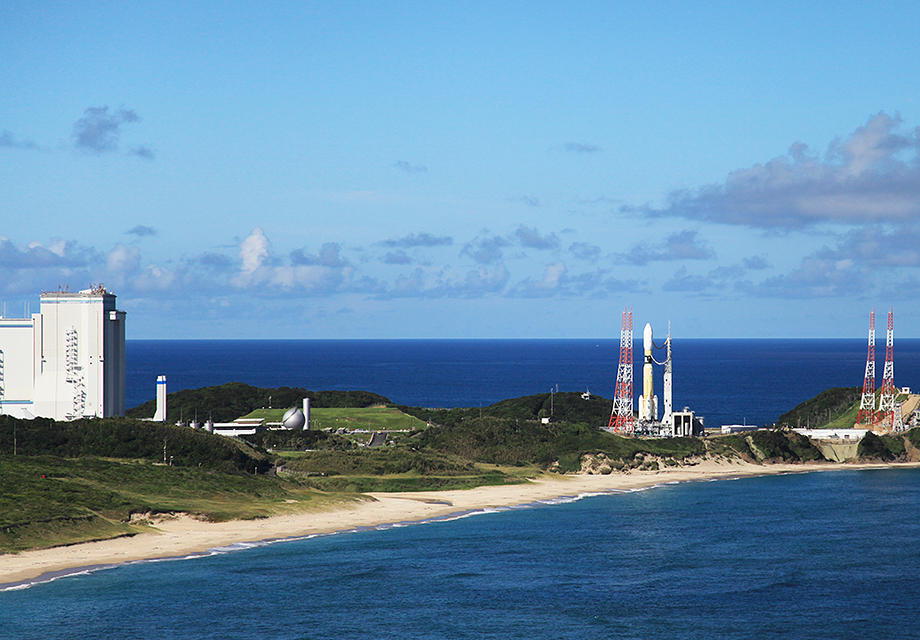
However, from the very beginning, the Japanese made a bet on the development of their own space infrastructure. As a result, the country launched the first satellite in 1970 on its own rocket and from its own spaceport.
In fact, Japan is now a completely independent and very powerful player in the field of unmanned spacecraft launches. This is especially clear if we are talking not about satellites, but about automatic interplanetary probes. Kaguya, Hayabusa-1, Hayabusa-2, IKAROS — all these devices demonstrated the effective use of technologies that are still experimental for other countries. Japan is generally a world leader in the development of promising methods of space travel, such as ion engines and solar sails.
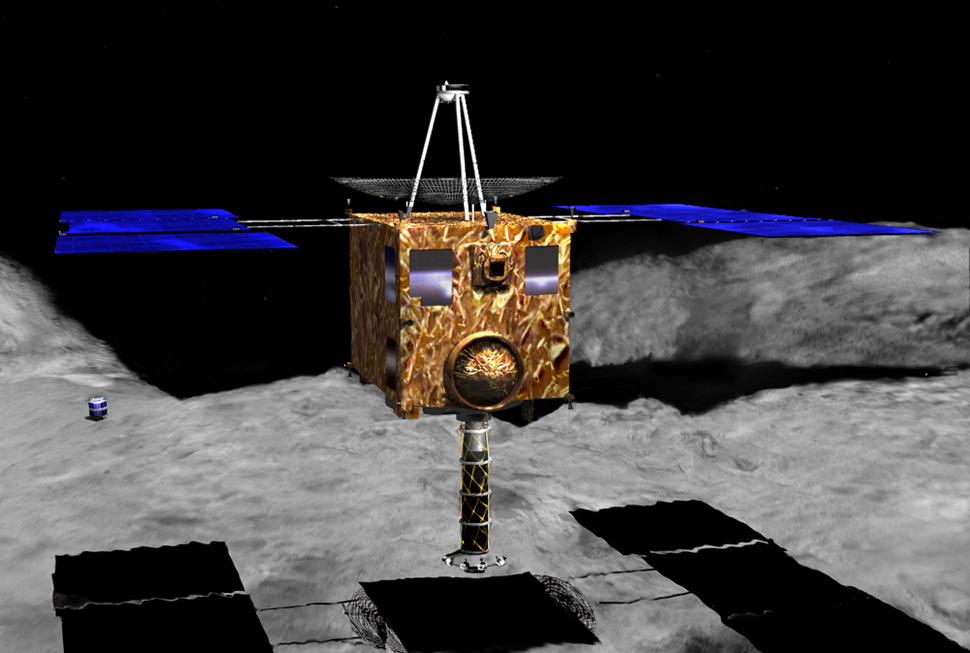
On the other hand, Japan is still completely dependent on the US for manned spaceflight. The creation of its own manned spacecraft — this topic which has been talked about since the beginning of the 1990s — has stopped at the level of concepts.
Other space organizations of Japan
Private capital hasn’t helped the Japanese yet in this regard either. Despite the fact that the HOPE-X commercial spaceplane project has been developed for almost 15 years, even its demonstration model was never created. Although unmanned missions in Japan are quite successful, the country is also trying to implement them absolutely autonomously, rather discreetly cooperating with someone other than the United States.
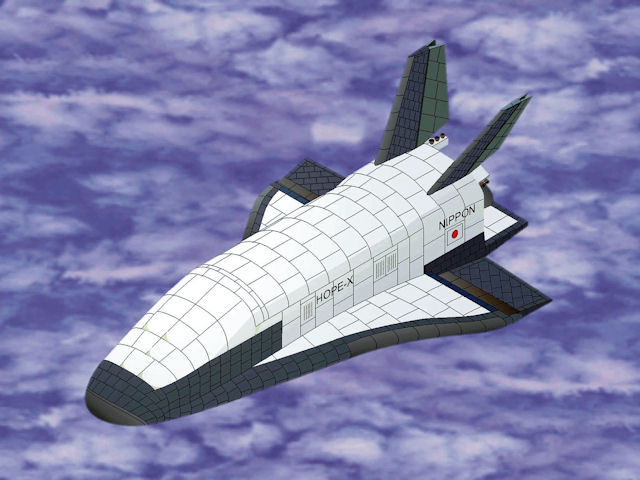
But where Japan absolutely lags far behind the rest of the leaders of the space race, it is the military component. The country still has to pay for the defeat in the Second World War. It has been only a couple of years since its military received the right to be called the “army” and “navy”, and not the “self-defense forces”.
So, until recently, Japan simply did not have a single space military unit. And even now it is represented by only one squadron of the Air Force, which is still at the stage of formation.
European Space Agency
Formally, the European Space Agency (ESA) can also be attributed to the US allies in space. It is an example when space agencies of several countries almost completely sacrifice national interests for a common goal. Currently, 22 countries are members of this organization.
ESA was born during the Cold War. A prominent role in its creation belonged to the United States, trying to unite the efforts of NATO members in the face of the threat of the Soviet Union’s dominance in space. But since the collapse of the USSR, the agency began to pursue an increasingly independent policy.
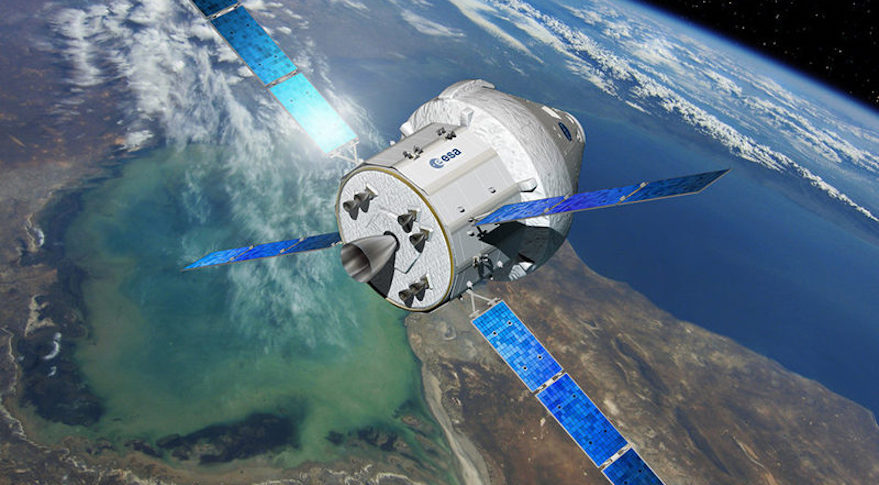
Europeans still work closely with NASA at the International Space Station and a number of deep space science missions. It is the European service module that allows the Orion spacecraft to perform maneuvers near the Moon within the Artemis program. And the most up to date space telescope, named after one of the heads of NASA, was launched into orbit by a European rocket from the French spaceport of Kourou.
ESA and Russia: enemies or allies?
At the same time, ESA has been closely cooperating with Russia in space for many years. For a while, the heir of the USSR even participated in the development of the European Galileo navigation system, which is of great importance for the defense capability of the countries that use it.
And even after the Russian invasion of Ukraine in February 2022, the public had to make a significant effort to convince the ESA leadership to terminate all agreements with the Russians. Because, as it turned out, even a European rover is currently unable to land on the Red Planet without the participation of a landing platform manufactured by Roskosmos.
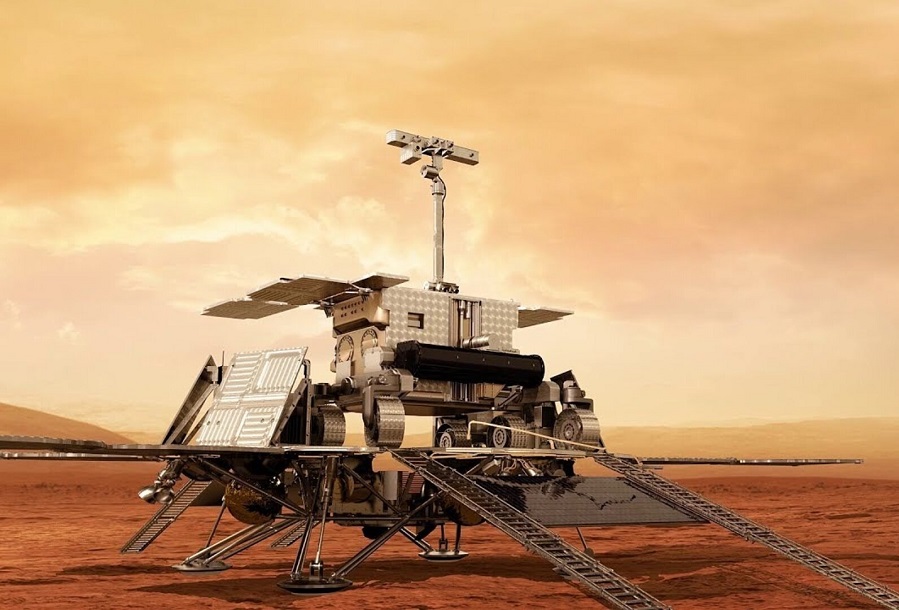
But the refusal to cooperate concerns only Russia. The Europeans continue to negotiate cooperation with China. European scientific instruments are almost guaranteed to appear on the Tiangong space station, and also, quite possibly, on board the Chinese automatic interplanetary probes.
On the other hand, relations between the US and China in space are so strained that even sharing data on failed satellites is virtually impossible. Because of this, countries constantly accuse each other of creating a danger to civilian infrastructure in space.
ESA Internal Disputes
At the same time, the situation within the ESA is very different from the equal partnership, which the agency should theoretically exemplify. France has dominated there from the very beginning. After all, this country was the third after the USSR and the USA to put an artificial satellite into orbit on its own.
So it is not surprising that both the launch vehicles and the spaceport at ESA were originally French. Even now, the financial and technical participation of this country is the largest among all members. At the same time, Germany’s technical contribution to the joint venture is almost the same, and Italy is next to them in terms of financial support. It is these countries that form the backbone of the agency.
The pre-launch countdown for the James Webb launch was performed in French
At the same time, ESA includes Great Britain, which in terms of its space capabilities is not inferior to France. But its participation in pan-European programs is clearly lower than it could be. They are trying to implement a number of projects on their own.
The rest of the members are severely limited in their capabilities, although the most promising startups are created on their territory. ESA understands that it is quite behind the USA and China in the field of creating a commercial component of the space program, and is trying to catch up with them in every way. Some projects can really become breakthroughs.
For example, in the fall of 2022 it became known that ICEYE and Satlantis will create a joint system for observing the Earth’s surface. It will be based on satellites with SAR and optical range sensors, which will work together. The interesting thing is that the first of the companies is Finnish, and the second is Spanish, and neither of these countries is considered among leaders in the European space industry.
